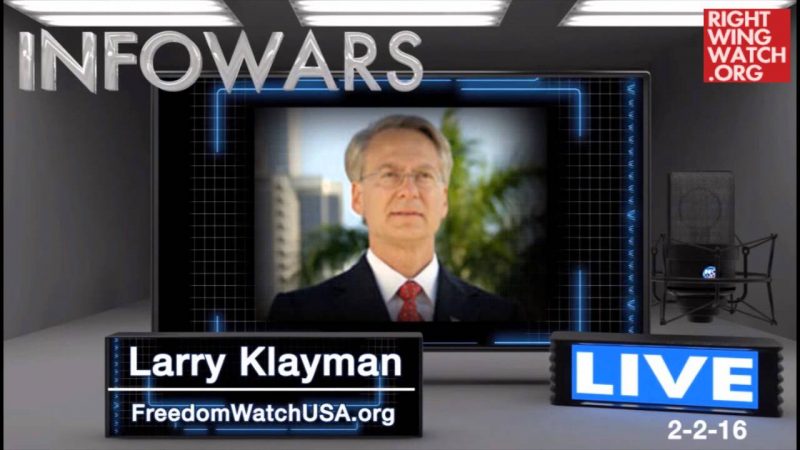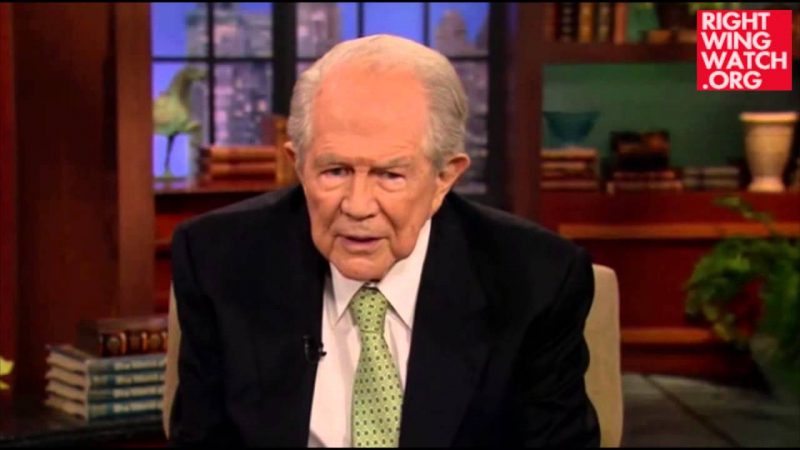Back in January I wrote a post about Kathryn Kutil and Cheryl Hess, who had had the 2-year-old girl who had been in their foster care since she was born in December 2007 removed from their home by Fayette County Circuit Judge Paul Blake, who had ruled that the state’s Department of Health and Human Resources had failed to seek a “traditional family-like setting with a mother and father.”
Blake ordered the child removed and the DHHR placed her in a second foster home and Kutil and Hess sued. Today the West Virginia Supreme Court ruled in their favor:
By means of this original jurisdiction action, Kathryn Kutil and Cheryl Hess (hereinafter collectively referred to as “Petitioners”) seek a writ of prohibition to bar enforcement of the November 21, 2008, order (See footnote 1) of the Circuit Court of Fayette County. Petitioners specifically are seeking to prevent the female infant, Baby Girl C. (hereinafter “B.G.C.”), (See footnote 2) from being removed from their foster home. B.G.C. was placed in Petitioners’ home as a foster child by the West Virginia Department of Health and Human Resources (hereinafter “DHHR”) (See footnote 3) shortly after the child’s birth. Petitioners are a same sex couple whose home had been approved by DHHR for both foster care and adoption. The removal of the infant was ordered at the conclusion of an abuse and neglect permanency hearing at which the lower court accepted the recommendation that B.G.C.’s case be transferred to the adoption unit of DHHR. In its removal order, the lower court directed that B.G.C. be moved from her temporary foster home and placed in a household interested in adoption that is a “traditional family” having a mother and a father rather than a household headed by a same sex couple or single person.
…
Summary
Central to our deliberation in this case is the reason or motivation underlying Respondent’s decision to remove a child from her foster care home. The motion to remove the child was not supported by any allegation that B.G.C. was receiving improper or unwise care and management in her foster home, or that she was being subjected to any other legally recognized undesirable condition or influence. W.Va. Code § 49-2-12 (1970) (Repl. Vol. 2004); see also W.Va. Code § 49-2-14 (2002) (Repl. Vol. 2004) (criteria and procedure for removal of child from foster home). Likewise, no evidence supporting a legal reason for removing the child was presented at the hearings. As a matter of fact, the court was never presented with any actual evaluation of the home or evidence of the quality of the relationship B.G.C. had with Petitioners. Moreover, Respondent deferred hearing testimony from Petitioners’ witnesses regarding their parenting abilities. Nevertheless, there also was no indication that Petitioners provided B.G.C. with anything other than a loving and nurturing home. As Respondent observed from the bench at the November 21 hearing, “there has been absolutely no allegation that these women have not cared for [B.G.C.] or the other kids and, in fact, all of the evidence indicates that they have done very well and have provided very well for the children.” Without any information that the foster care placement with Petitioners was not proceeding well, there was no legal reason for the court to remove B.G.C. from the only home she has known.
It is more than apparent that the only reason why Petitioners were being replaced as foster care providers was to promote the adoption of B.G.C. by what Respondent called in his November 12, 2008, order a “traditionally defined family, that is, a family consisting of both a mother and a father.” It was only by addressing issues he anticipated would develop and believed would be problems at a later point in this case that Respondent was even able to reach the subject of this conclusion. The conclusion itself thus represents a blurring of legal principles applicable to abuse and neglect and adoption. Moreover, even if our current statutes, rules and regulations could somehow be read to support the adoption preference proposed by Respondent, such a newfound principle would need to be harmonized with established law. Under our current law which encourages adoption by qualified foster parents, one of the Petitioners seeking to adopt B.G.C. individually would at the very least need to be considered if not favored in the selection of the prospective adoptive home. (See footnote 22)
In the present case, all indications thus far are that B.G.C. has formed a close emotional bond and nurturing relationship with her foster parents, which can not be trivialized or ignored. State ex rel. Treadway v. McCoy; In re Jonathan G. As such, it serves as a classic example of a case in which the permanency plan for adoption should move quickly to the desired result of a permanent home for B.G.C. One of the Petitioners who has already adopted a child (See footnote 23) and appreciates the tremendous responsibility adoption entails, has recently expressed the desire to adopt B.G.C. Clearly, that Petitioner should not be excluded from consideration for the reason stated by Respondent. These factors all should serve to facilitate the selection process, which needs to be completed as expeditiously as possible in order to further the best interests of B.G.C. and in recognition and support of the parenting investment which has been made.
IV. Conclusion
For the reasons stated in this opinion, the writ of prohibition sought by Petitioners is granted.
People for American Way Foundation filed an amicus brief in this case, along with the ACLU and the ACLU of West Virginia.








